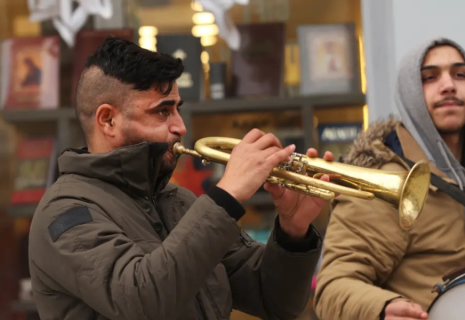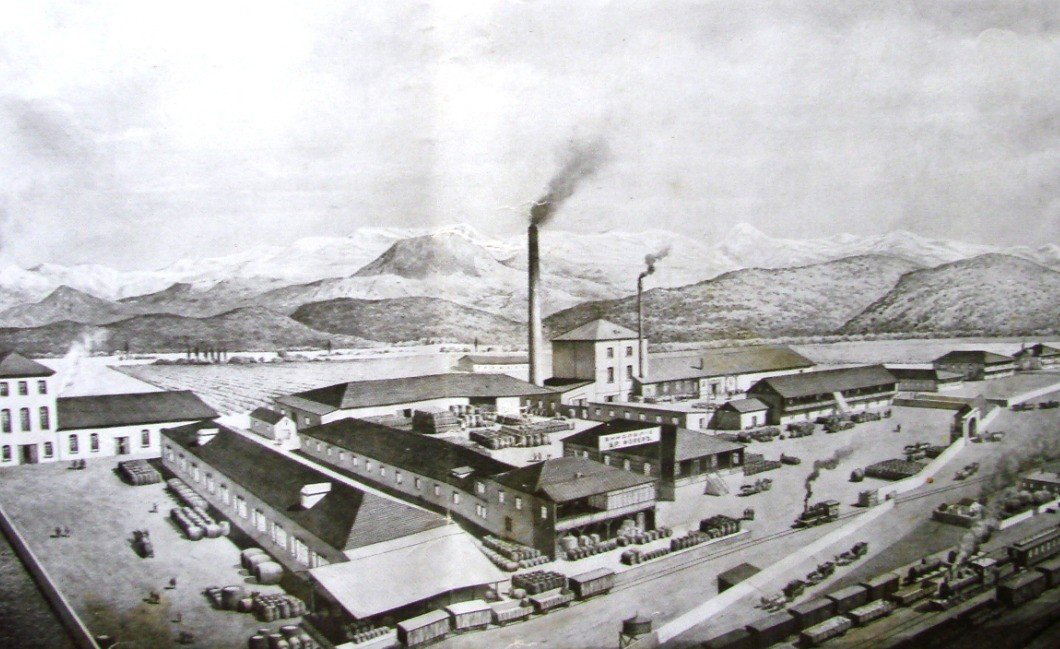
From Helenendorf to Goygol: how German immigrants shaped Azerbaijan's wine heritage
Azerbaijan is well known for its wines and unique grape varieties, but not everyone knows that the country’s winemaking industry owes much of its development to German settlers from the Kingdom of Württemberg (now Baden-Württemberg).
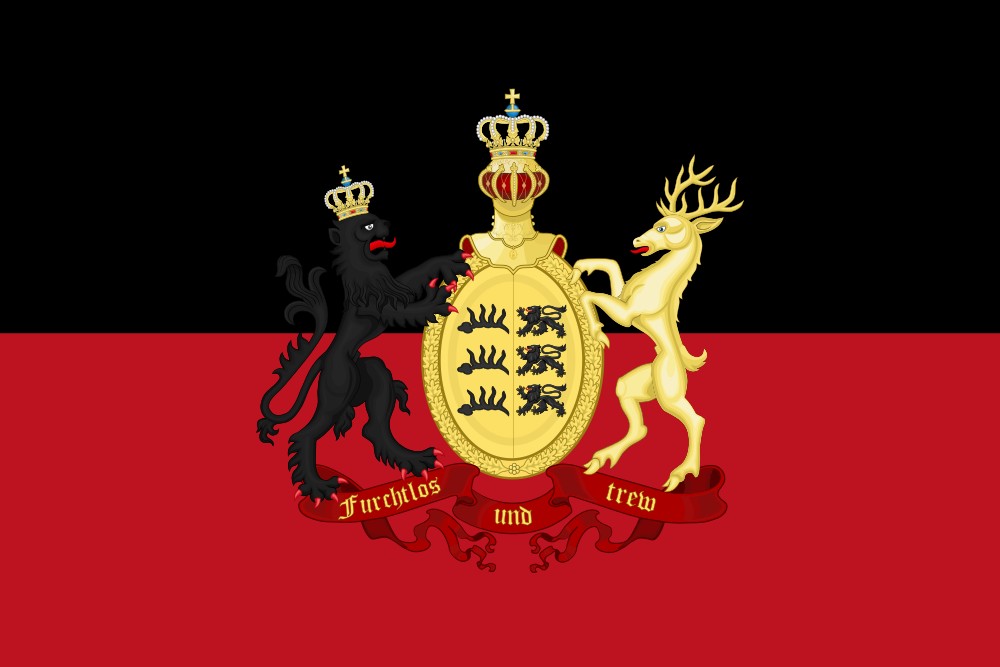
What is now the city of Goygol was originally founded as Helenendorf by German immigrants who fled to the Caucasus in the early 19th century to escape the chaos of the Napoleonic Wars. The first group of 1,400 settlers arrived in Azerbaijan in 1817, traveling from Cologne to the village of Khanlar (now Goygol). Within a year, they established the town of Helenendorf, where they began planting vineyards. By the early 1860s, one of these settlers, Christoph Vohrer, founded Azerbaijan’s first commercial winemaking company, marking the birth of the country’s wine industry.
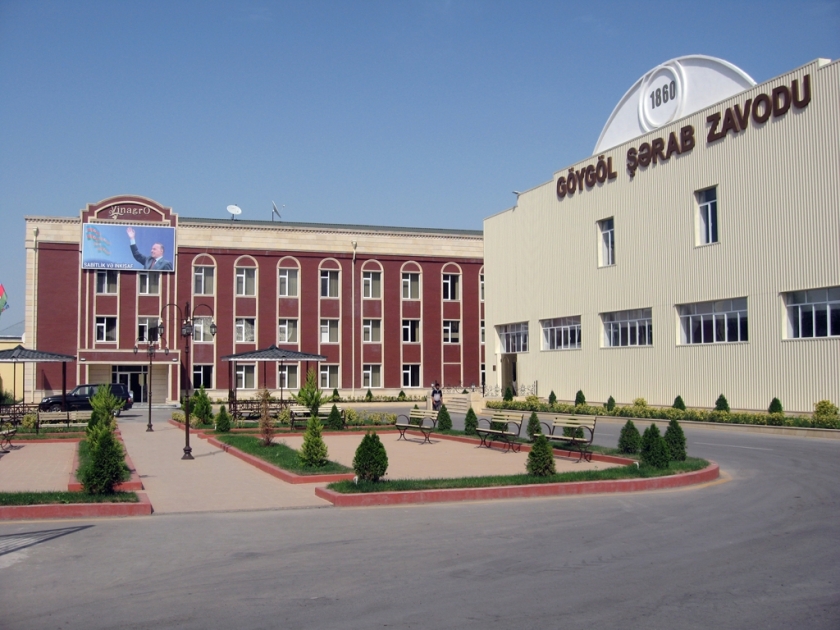
By the 1870s, Azerbaijan’s share of wine exports from the Caucasus began to grow, with vineyard areas expanding in the Elisabethpol Governorate. In the early 1890s, Elisabethpol (now Ganja) was the region’s leading wine producer, followed by the Helenendorf community. Over time, winemaking became concentrated in the hands of major entrepreneurs, including prominent German businessmen Christoph Vohrer and Christian Hummel. Their companies, Vohrer Brothers and Hummel Brothers, became known for producing high-quality wines with distinctive branding and packaging, competing with leading international brands.

The Vohrer and Hummel families played a key role in transforming Azerbaijani winemaking into a large-scale industry, introducing the most advanced techniques of the time. Helenendorf and other German communities became major wine production hubs, not just for Azerbaijan but for the entire Caucasus. By the early 20th century, wines from the Vohrer and Hummel firms, as well as the Concordia winemakers’ association, were sold across Russia and internationally.
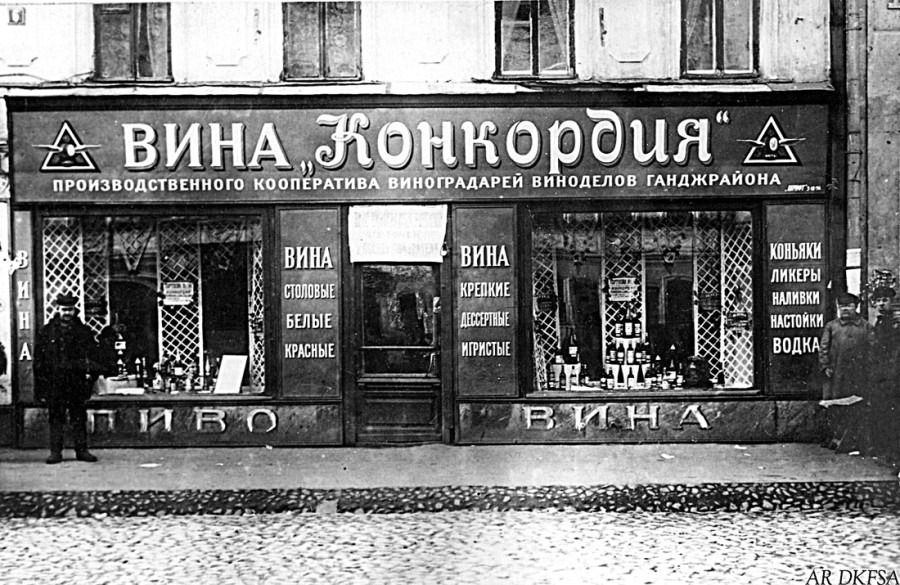
This success can be traced back to 1847, when Vohrer planted the first vineyard in Helenendorf. By 1860, he had fully dedicated himself to viticulture and winemaking, steadily expanding his landholdings. Originally from Württemberg, a region known for its red wines since the 8th century, the Vohrer family brought winemaking expertise that complemented Azerbaijan’s long tradition of favoring red grape varieties. This fusion of German techniques and Azerbaijani traditions proved highly successful, and the Vohrer winery remains in operation to this day.
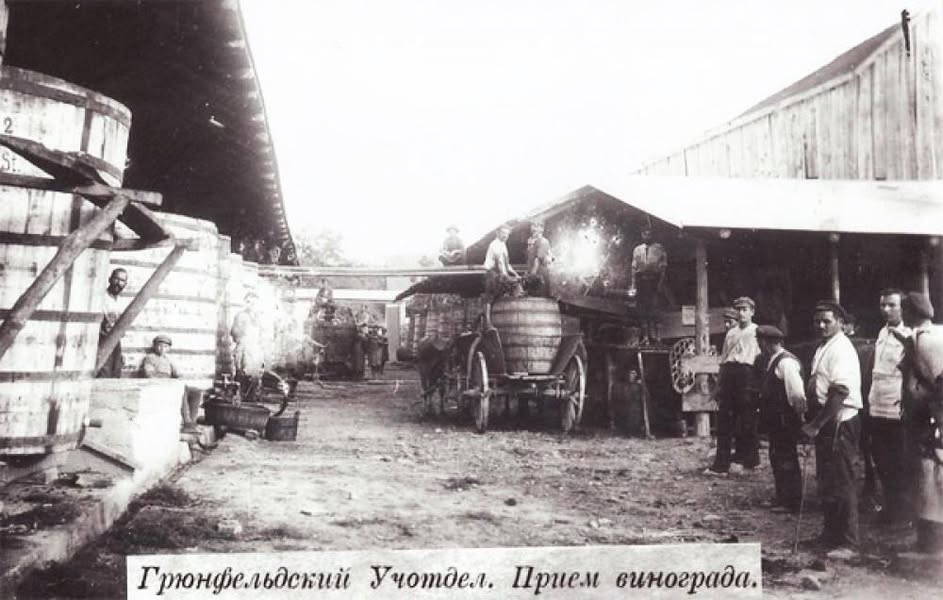
By 1909, Vohrer was exporting more than 250,000 buckets of wine beyond the Caucasus—almost as much as the entire Elisabethpol Governorate. By 1913, the Vohrer and Hummel companies had exported 761,000 buckets of wine. The Hummel brothers also expanded into brandy production, building a distillery in Helenendorf in 1895 and establishing the Hummel Brothers Trading House in 1900. Other cooperative ventures followed, including a winemakers' association in Annenfeld (now Shamkir) in 1907.
At the 1893 World Exhibition, Elisabethpol’s brandies won a bronze medal and a certificate of honor. In 1899, the Vohrer brothers received gold medals for their wines and tobacco at an agricultural exhibition in Baku.
Following Azerbaijan’s Sovietization, all major wineries were nationalized. The Azerwine state trust was created in 1922, taking control of all vineyards and winemaking enterprises. Only the Concordia cooperative survived, maintaining 6% of Azerbaijan’s vineyards and producing 42% of the country’s grapes in 1926. The cooperative continued expanding, building new distilleries and brandy factories in the 1920s.

German entrepreneurs were known for their strong organizational and managerial skills. The businesses they built operated with remarkable efficiency, and although the German population was forcibly deported from the USSR in 1941, the winemaking traditions they established continue to this day.
Today, the Goygol Wine Plant, founded by the Vohrer family in 1860, remains one of the oldest wineries in the South Caucasus. During the Soviet era, Concordia operated 183 stores across the USSR. In the 1980s, the plant ranked third in the Soviet Union for brandy and wine production. Goygol wines have won numerous international awards, with three of its brandies—Baku, Azerbaijan, and Goygol—earning gold medals at competitions in Tbilisi, Budapest, Ljubljana, and Yalta between 1968 and 1982.
Today, the Goygol Wine Plant continues to build on its legacy, proving that success and quality are rooted in strong traditions.












